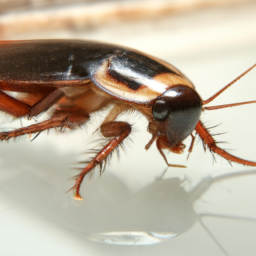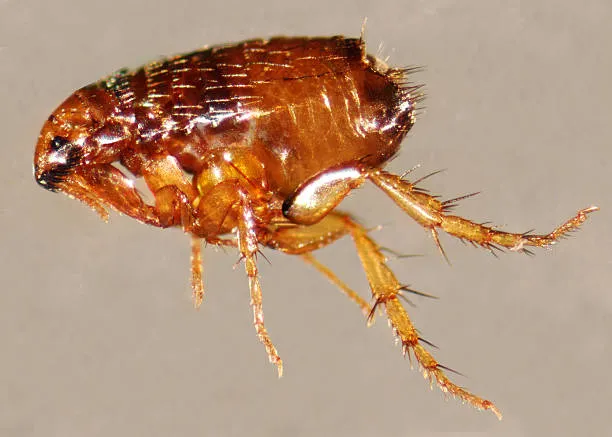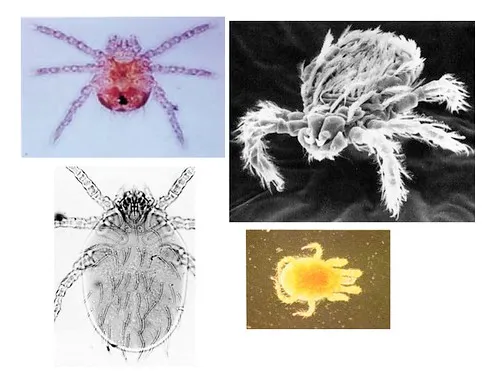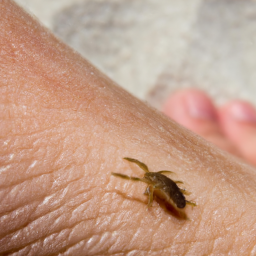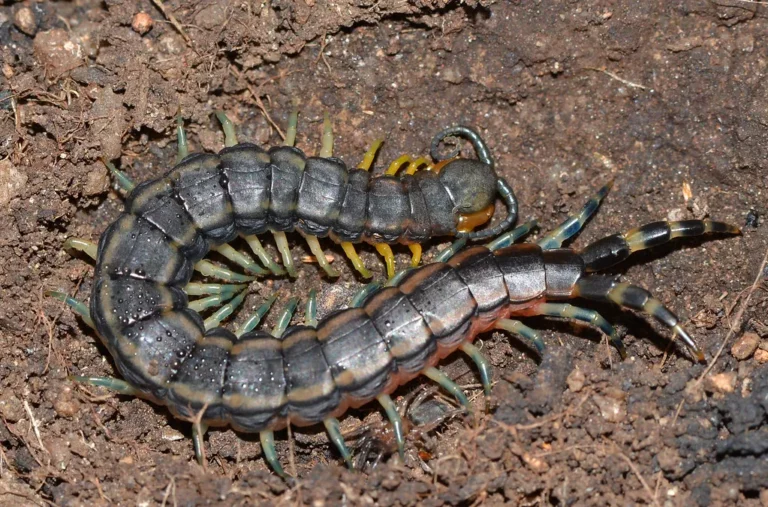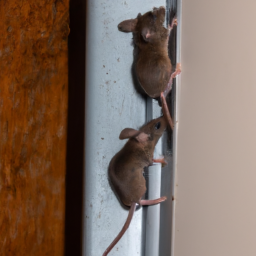Cockroach or Beetle
Cockroach or Beetle?
When it comes to tiny, insect-level pests, it can be difficult to identify them without having a specialized education in entomology. At first glance, cockroaches and beetles may look similar. However, there are some distinguishing characteristics and important differences between the two that can help you determine if you have beetles or cockroaches.
Appearance
The most apparent differences between cockroaches and beetles are the size and shape of the body. Cockroaches tend to be smaller and slimmer than beetles, while beetles are either oval or elongated in shape, depending on the species. Cockroaches usually have a flat or even concave surface that makes them look broader. They also appear to be greasy and shiny, while beetles’ bodies are hard and covered in scales.
Flight Ability
Another fundamental difference between cockroaches and beetles is their flight capabilities. Cockroaches can’t fly, but some beetle species, such as June beetles and carp, can fly. Additionally, beetle wings are often visible, while cockroaches are devoid of wings.
Eating Habits
It’s also important to consider their different eating habits. Cockroaches consume wood, paper, glue, and other human-made materials, while beetles typically eat plants, fungi, and other organic materials.
Defensive Adaptations
Cockroaches have defensive adaptations that help them hide from predators and survive in tough conditions, like sprinting and flipping. On the other hand, beetles have effective camouflage and can release a foul smell as a defense.
Which Is More Common In Your Home?
Cockroaches are more common in homes than beetles. This is due to their preferences for warm, humid areas, like bathrooms and kitchens, where there’s a continuous supply of food and water.
Conclusion
In the end, you can use these identifying characteristics to determine if you’re seeing a cockroach or a beetle. To sum up, cockroaches are slimmer, can’t fly, eat human-made materials, and are more common in homes. Meanwhile, beetles are usually oval or elongated in shape, can fly, eat plants and fungi, and have camouflaging capabilities.
Cockroaches and beetles are among the most recognizable insects in the world. They both have unique characteristics and diverse species which help them to survive.
Cockroaches have oval-shaped bodies that vary in size from one to four inches long. Their heads are rounded while their segmented antennae are thin and long. There are over 4,000 species of cockroaches worldwide, and most of them live in tropical climates. Cockroaches also have two sets of wings that can be extended to help them fly.
Beetles are a type of beetle with over 350,000 known species that are found all over the world. Beetles are usually oval-shaped and can reach up to one inch long. Most species of beetle are herbivores, but some may be scavengers or predators. Their legs are short and thin and their antennae range from long to short depending on the species. Beetles also have two sets of wings, one of which covers the other.
Cockroaches are known to be carriers of disease due to their diet and water sources, while beetles don’t typically transmit any diseases. Cockroaches are also nocturnal, spending most of their time hiding in dark corners and crevices during the day and coming out of hiding at night. Beetles, on the other hand, are active during the day and may move large distances in their search for food and affordable housing.
In terms of defense mechanisms, cockroaches possess special organs that allow them to release a foul smelling gas when threatened. In addition, cockroaches can also produce defensive chemicals that ward off predators. Beetles, on the other hand, are protected by their hard shells that are difficult to penetrate.
Cockroaches and beetles may appear similar, but their differences may be more than skin-deep. From their habitats to their feeding habits, it is clear that despite their superficial similarities, these two bugs are anything but identical.
Also Read: Can You Eat Sand Fleas?
Related: House Centipede vs Silverfish
Related: Where Do Mites Live?
Related: How to Check for Lice
Related: Flea Bites vs Scabies

